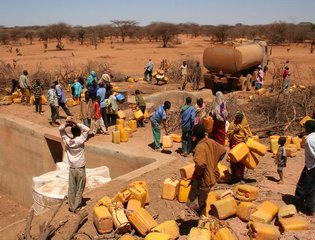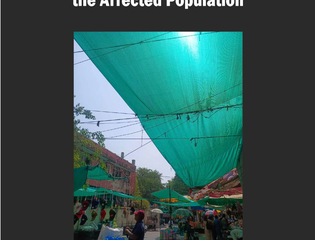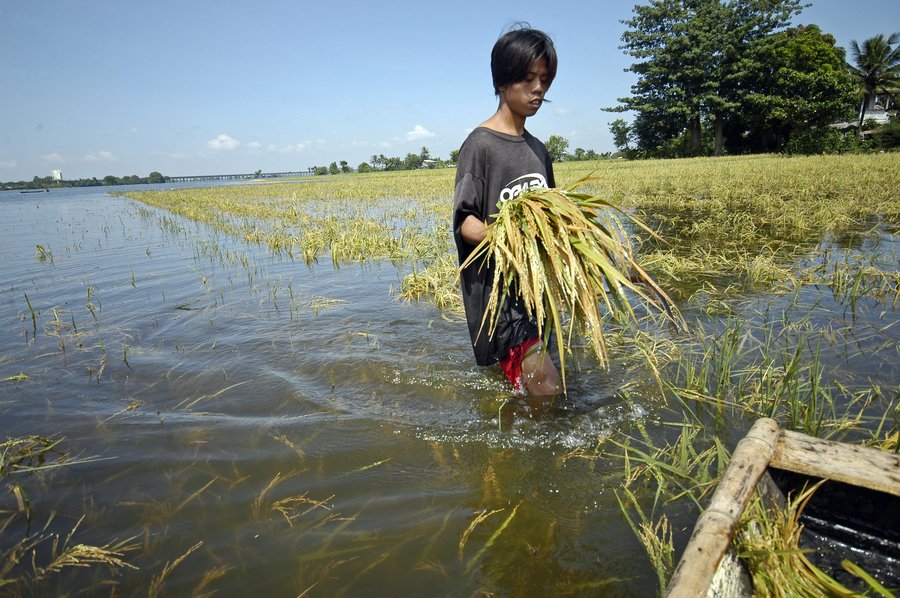The IPCC predicts 420 million people worldwide will be exposed to extreme heat and heatwaves in the near future.
Hundreds of thousands of people die from preventable heat-related causes each year, while temperature extremes and wildfires devastate lives and livelihoods.
ALNAP ’s Heatwaves: essential lessons for humanitarian responders begins with actions that organisations can take in the immediate period and move to longer-term considerations to anticipate future heatwaves. These lessons are drawn from ALNAP’s 2021 paper Adapting humanitarian action to the effects of climate change.
Summary of lessons learned
- At-risk groups include older people, children, pregnant or breastfeeding mothers, and people with cardiovascular or pulmonary disorder
- Those in poverty are also particularly vulnerable
- Use targeted outreach strategies (billboards, mobile messaging services, media alerts) to warn vulnerable groups and communicate key messages
- Informal workers and those who work outside, such as street cleaners and vendors, are at heightened risk from extreme daytime temperatures
- People living in informal settlements (slums) and migrant camps often have reduced access to water and reliable energy sources, making it difficult to resist heat stress
- Install drinking water stations and reliable shelters from the heat
- Work with employers and relevant organisations (eg local governments, the construction industry) to provide water and shade for outdoor workers
- Some groups - especially in urban areas - are more vulnerable to the effects of heatwaves because of insecure livelihoods, poor living conditions and inadequate access to medical care
- Humanitarian actors can play a role in encouraging governments to expand social safety nets to these groups to cover public healthcare and compensate for lost earnings
- Humanitarian organisations should develop their understanding of how extreme heat disrupts livelihoods, and so the ability of affected communities to meet their basic needs
- Consider the ways extreme heat affects livestock and fisheries, as well as supply chains, especially of perishable goods
- Indoor air conditioning, while effective in the short term, is unsustainable
- Air conditioning is also unaffordable for the most vulnerable groups. Reliance on air conditioning places vulnerable people at risk from energy supply failure during heatwaves
- Even lower-energy solutions, such as electric fans, increase the cumulative risk of energy supply failure when the system is under stress during heatwaves. Energy blackouts have a knock on effect on critical infrastructure, such as healthcare
- As extreme heat becomes more common it requires a shift from ad hoc responses to strategic planning. Long-term heatwave planning should be embedded in programmes.
- Map the effects of heatwaves on behaviour and migration trends to support better informed future planning
See the January 2023 issue of Southasiadisasters.net for more information, including contributions by ALNAP member organisation All India Disaster Mitigation Institute (AIDMI).
- Involving communities in the development stage gives significantly better outcomes, and engaging communities in the programme itself can lead to vital behaviour changes
Heatwaves are amongst the deadliest natural hazards [and] heat is a rapidly growing health risk.
Latest resources in this collection
There are 37 resources in this collection



